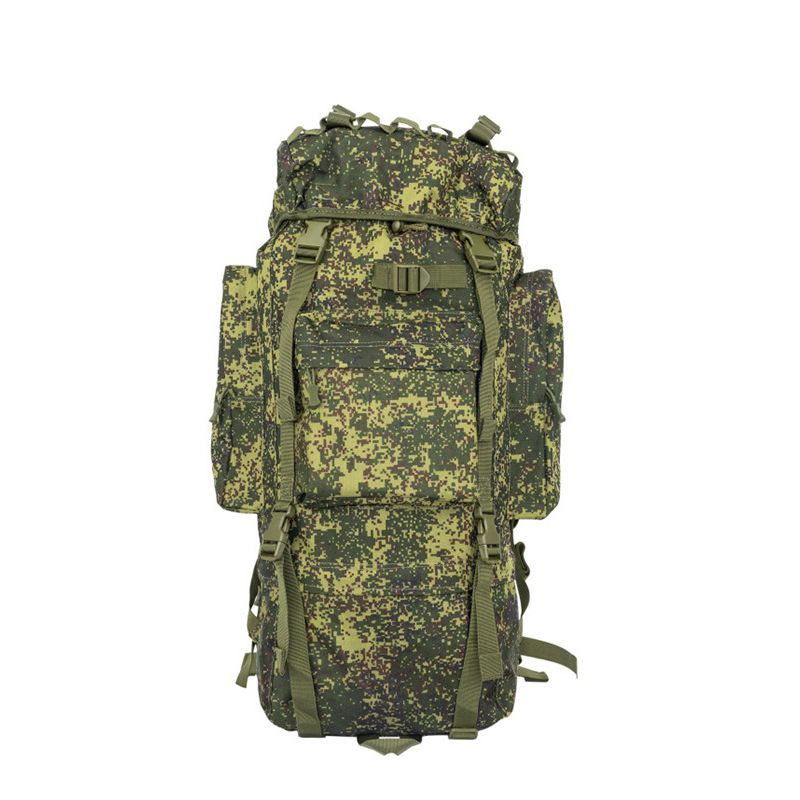How to Choosing The Best Bulletproof Backpacks?
2024-06-05
Choosing the best bulletproof backpack involves several key considerations to ensure safety, functionality, and practicality. Here’s a comprehensive guide to help you make an informed decision:

1. Level of Protection
- NIJ Standards: Look for backpacks that meet the National Institute of Justice (NIJ) standards for ballistic protection. The common levels for backpacks are:
- Level II: Protects against 9mm and .357 Magnum rounds.
- Level IIIA: Protects against .357 SIG and .44 Magnum rounds.
- Level III: Protects against rifle rounds such as 7.62mm (requires hard plates).
- Level IV: Protects against armor-piercing rifle rounds (requires ceramic plates).
2. Weight and Comfort
- Weight: Consider the weight of the backpack, especially if it will be used by children. Lighter models are more comfortable for daily use.
- Ergonomic Design: Look for features such as padded shoulder straps, a padded back panel, and a waist strap to distribute weight evenly.
3. Size and Capacity
- Appropriate Size: Choose a backpack that fits the user properly and is appropriate for their needs, whether for school, work, or travel.
- Storage Capacity: Ensure the backpack has enough compartments and pockets to carry everyday items securely and conveniently.
4. Material and Durability
- High-Quality Materials: Look for backpacks made from durable materials like ballistic nylon or polyester, which can withstand daily wear and tear.
- Water Resistance: Consider water-resistant or waterproof materials to protect the contents from the elements.
5. Ease of Use
- Quick Access: Ensure that the backpack allows for quick access to the bulletproof panel or compartments in an emergency.
- Versatility: Some backpacks offer removable bulletproof panels, making them versatile for different situations.
6. Brand Reputation and Reviews
- Reputable Brands: Choose backpacks from reputable manufacturers with positive reviews and a history of producing reliable protective gear.
- Customer Feedback: Read customer reviews to understand the real-world performance and any potential issues with the backpack.
7. Certification and Testing
- Certified Products: Verify that the backpack has been tested and certified by recognized testing agencies.
- Compliance Documentation: Check for documentation that confirms the backpack’s compliance with safety standards.
8. Additional Features
- Anti-Theft Features: Consider backpacks with anti-theft features such as lockable zippers and hidden compartments.
- Comfort Enhancements: Look for features like ventilated back panels and adjustable straps for added comfort.
9. Price and Warranty
- Budget: Determine your budget and find the best option within that range, balancing cost with features and protection level.
- Warranty: Check the warranty period and the manufacturer’s policy on repairs or replacements.
10. Intended Use
- Everyday Use vs. Special Situations: Consider whether the backpack is for everyday use, occasional travel, or specific high-risk situations. This will influence the required level of protection and features.
By carefully evaluating these factors, you can choose a bulletproof backpack that offers the right balance of protection, comfort, and functionality for your needs.


